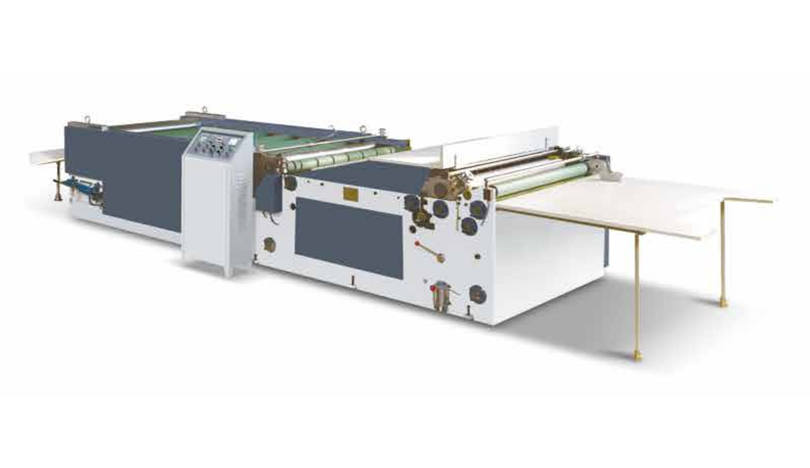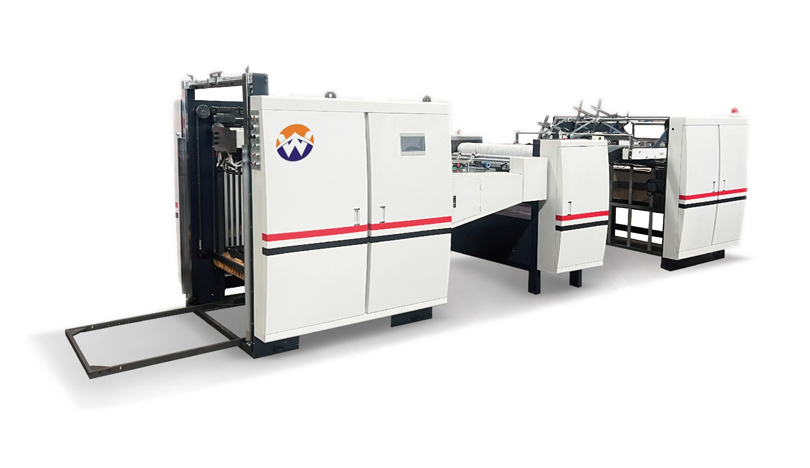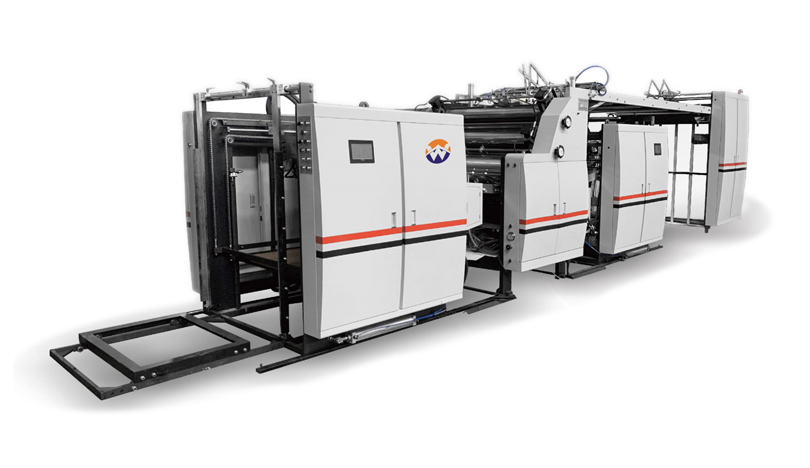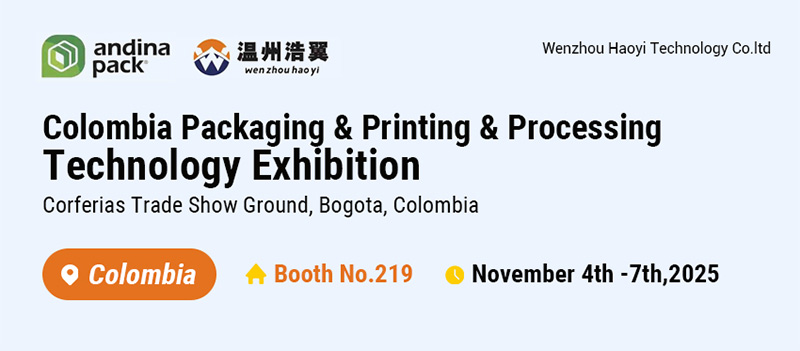 Nov 15,2025
Nov 15,2025Screen printing machines are widely used in multiple fields such as electronics, packaging, and textiles. They are mainly suitable for flat/curved surface workpieces and different materials (metals, plastics, fabrics, etc.), and are suitable for production ranging from medium and small batches to large-scale production.
Textile and Apparel
The textile and apparel industry has long relied on screen printing for creating vivid, long-wearing designs on fabrics. From everyday clothing to promotional merchandise and home textiles, screen printing offers exceptional color vibrancy and wash fastness, outperforming many other printing methods. These machines handle natural fibers, synthetic blends, and even technical fabrics with ease, making them suitable for a diverse range of textile applications.
Screen printing stands out in this sector due to its ability to layer inks for depth and texture, creating designs that feel as good as they look. Screen printing machines accommodate both small-batch custom orders and large-scale production runs, making them accessible to independent designers and major apparel brands alike. As consumers seek unique, personalized textile products, the versatility of screen-printing applications continues to drive its popularity in the fashion and home goods markets.
Packaging Industry
The packaging industry turns to screen printing machines to turn everyday containers into standout brand touchpoints. These printers shine when working with all kinds of packaging substrates—plastic, glass, paper, metal—and glide through flat, cylindrical, or uneven surfaces without a hitch. From printing essential product details and decorative designs to integrating anti-counterfeiting elements, screen printing produces bold, durable outcomes that hold up against fading and everyday wear.
Screen Printing in the Electronics Sector
The electronics industry counts on precision and durability more than most—and screen printing machines deliver when it matters most, with reliability that’s hard to beat. They excel at laying down conductive inks, insulating layers, and identification marks across a broad spectrum of electronic components. From printed circuit boards (PCBs) to membrane switches, screen printing drops ink with pinpoint accuracy, standing up to extreme heat, humidity, and mechanical strain without faltering.
This field values screen printing for its knack with fine details and consistent repeats—a must for mass-produced electronic gear. Screen printers work seamlessly with specialized inks, like conductive silver or dielectric materials, making them perfect for crafting the functional parts that power today’s tech. As electronics shrink and grow more intricate, the need for high-precision screen printing keeps gaining steam.
Building Materials and Industrial Components
Beyond consumer goods, screen-printing machines play a vital role in the construction and industrial sectors. They are used to apply labels, safety markings, and functional coatings on building materials such as glass, ceramics, and metal panels. These prints must endure harsh environmental conditions, from extreme weather to chemical exposure—and screen printing delivers the durability required for long-term performance.
Industrial components also benefit from screen-printing applications, including machine parts, automotive components and medical devices. The process applies lubricant-resistant inks, heat-resistant markings, and instructional labels that remain legible throughout the product lifecycle. For industries where reliability and compliance are non-negotiable, screen-printing machines provide a cost-effective solution for functional and informative printing.
Key advantages that Expand Screen-Printing Applications
The widespread use of screen-printing machines stems from core advantages that address diverse industry needs. Its compatibility with almost any material—from soft fabrics to rigid metals—makes them more versatile than other printing technologies. Additionally, screen printing offers excellent ink coverage, ensuring bold, opaque designseven on dark or textured surfaces.
Cost-effectiveness is another key benefit, especially for medium to large-scale production runs. Once the screen is prepared, the per-unit printing cost decreases significantly, making screen printing a budget-friendly option for commercial applications. The ability to use a wide range of ink types—water-based, solvent-based, UV-curable, and specialty inks—further expands its utility across sectors.
Take the next step with Screen Printing Solutions.
If you’re looking to elevate your product’s functionality, aesthetics, or brand visibility, screen-printing machines offer endless possibilities. Whether you operate in electronics, packaging, textiles, or industrial manufacturing, their versatility and reliability can streamline your production process and deliver impress customers.
Contact HONGQIANG today to explore how custom screen-printing solutions can meet your specific needs. We’ll help you choose the right machines, inks, and processes to achieve your goal.
The ai rate is less than 30%



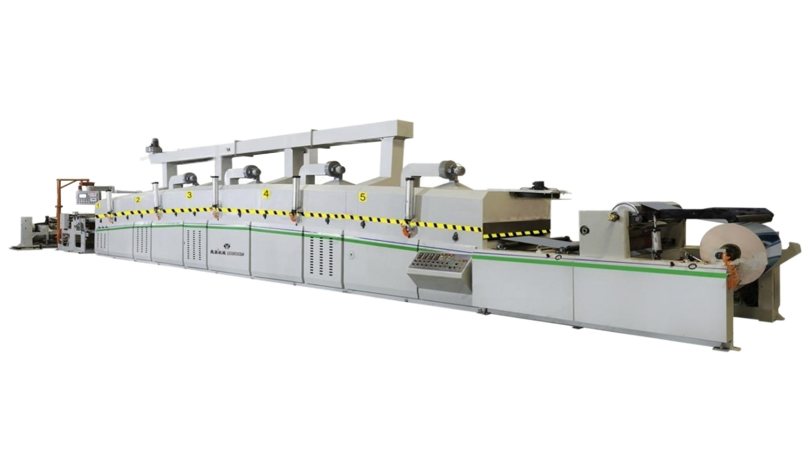
.jpg)
